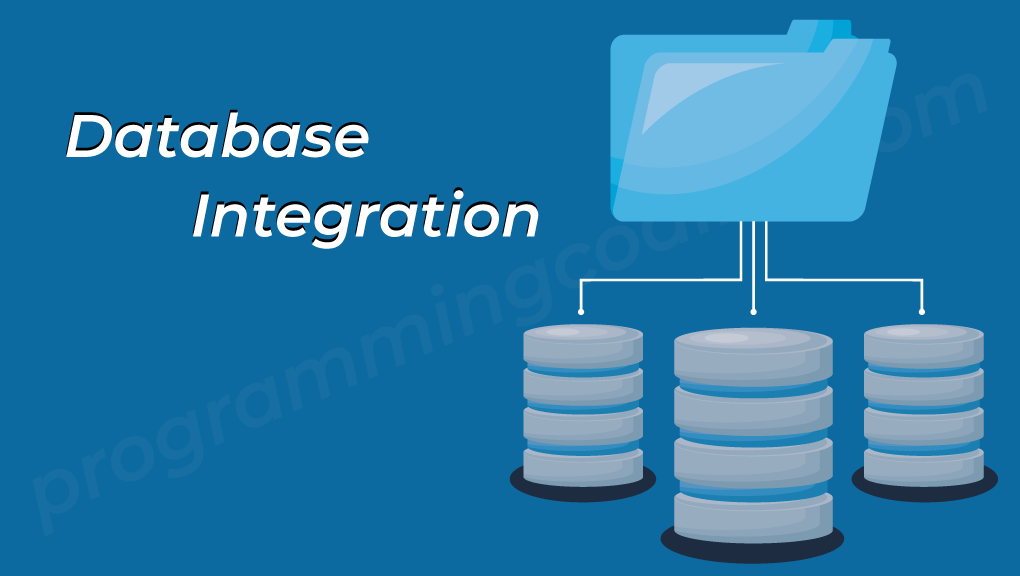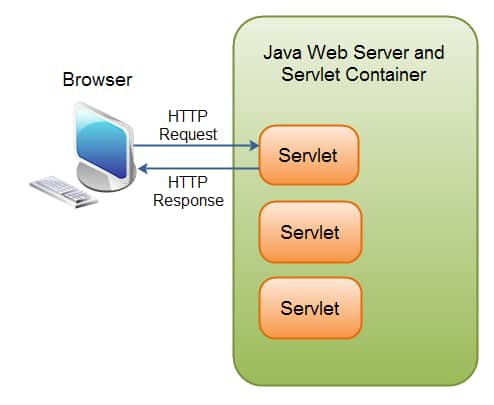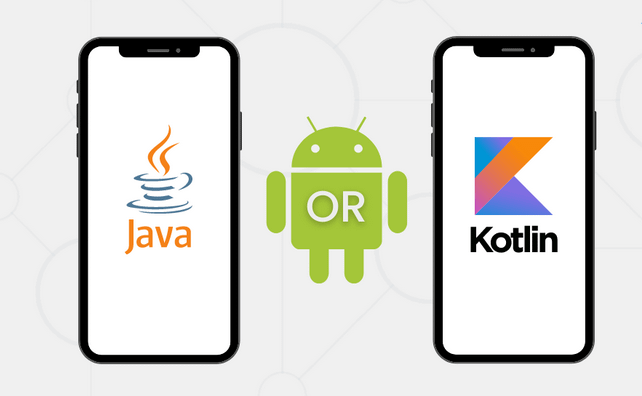
Blog Articles
Database Integration in Spring Boot: A Comprehensive Guide
Table of Contents
Introduction
In the complex landscape of modern web applications, where dynamic content, user interactions, and seamless experiences reign supreme, the importance of database integration cannot be overstated. At the heart of these applications lies a robust need to store, retrieve, and manage data efficiently. Database integration serves as the backbone, providing a structured mechanism to organize information, establish relationships, and ensure the security and scalability of the application. Whether it’s user profiles, transaction records, or content repositories, databases play a pivotal role in maintaining the integrity and coherence of data, enabling web applications to deliver dynamic, personalized, and responsive experiences to users.
The seamless integration of databases empowers developers to navigate the intricate dance between data storage and retrieval, creating the applications that not only function smoothly but also adapt to evolving user needs and industry demands. In essence, database integration is vital in the architecture of modern web applications, enabling them to thrive in a data driven and interconnected digital landscape.

Benefits of Spring Boot in Database Integration
Spring Boot offers numerous benefits for simplifying database operations, making it a popular choice for building robust and scalable web applications. Here’s an introduction to the advantages of using Spring Boot in the context of database integration:
- Rapid Development:
- Spring Boot follows a convention over configuration approach, minimizing the need for boilerplate code and configuration. This results in faster development cycles, allowing developers to focus on business logic rather than complex setup.
- Built-in Database Support:
- Spring Boot provides seamless integration with various databases, including relational databases (e.g., MySQL, PostgreSQL, H2) and NoSQL databases (e.g., MongoDB). The framework simplifies the configuration and setup of database connections, reducing the complexity of integrating different data storage solutions.
- Spring Data JPA:
- Spring Boot allows the Spring Data JPA project, offering a high level abstraction over traditional Java Persistence API (JPA). With Spring Data JPA, developers can interact with databases using standard Java objects and annotations, reducing the amount of boilerplate code typically associated with database operations.
- Automatic Configuration:
- Spring Boot features automatic configuration, where default settings are applied based on the project’s dependencies and the environment. This eliminates the need for extensive manual configuration, making it easier for developers to get started with database operations.

Guide for Integration:
1: Setting Up a Spring Boot Project:
- Use Spring Initializr to create a new Spring Boot project.
- Visit the Spring Initializr website or use the Spring Initializr plugin in your integrated development environment (IDE).
- Choose a Group and Artifact name for your project.
- Select the desired project metadata, such as packaging (JAR or WAR), Java version, and language (Java or Kotlin).
- Select dependencies like “Spring Web” and the database of your choice.
- Under the “Dependencies” section, search and add “Spring Web” to enable the development of web applications.
- Add the database dependency based on your preference:
- For H2, add “H2 Database.”
- For MySQL, add “Spring Data JPA” and “MySQL Driver.”
- Generate Project:
- Click the “Generate” or “Generate Project” button to download a ZIP file containing your Spring Boot project with the specified dependencies and configurations.
- Unzip and Open in IDE:
- Extract the contents of the downloaded ZIP file to your desired project location.
- Open the project in your preferred integrated development environment (IDE) such as IntelliJ IDEA or Eclipse.
- Explore Project Structure:
- Take a moment to explore the project structure generated by Spring Initializr. Key files include
src/main/javafor Java source code,src/main/resourcesfor application configuration, andpom.xml(if using Maven) orbuild.gradle(if using Gradle) for project dependencies.
- Take a moment to explore the project structure generated by Spring Initializr. Key files include
- Configure Database Connection:
- Navigate to the
application.propertiesorapplication.ymlfile in thesrc/main/resourcesdirectory to configure the database connection properties. - Set the URL, username, and password according to your chosen database.
- Navigate to the
- Run the Application:
- Build and run the application from your IDE. If you are using Maven, you can run
mvn spring-boot:runfrom the command line. - Verify that the application starts without errors.
- Build and run the application from your IDE. If you are using Maven, you can run
2: Configuring Database Properties:
- Navigate to the
application.propertiesorapplication.ymlfile. - Configure database connection properties such as URL, username, and password.
|
1 2 3 4 5 6 |
# Example for H2 Database spring.datasource.url=jdbc:h2:mem:testdb spring.datasource.driverClassName=org.h2.Driver spring.datasource.username=sa spring.datasource.password=password spring.h2.console.enabled=true |
3: Creating an Entity Class:
- Create a simple JPA entity class representing a table in your database.
4: Implementing a Repository
- Create a repository interface that extends
JpaRepositoryto perform CRUD operations.
|
1 2 3 4 5 |
import org.springframework.data.jpa.repository.JpaRepository; public interface ProductRepository extends JpaRepository<Product, Long> { // Additional custom queries can be added here } |
5: Implementing Service and Controller
- Create a service class to encapsulate business logic and a controller to handle HTTP requests.
|
1 2 3 4 5 6 7 8 9 10 |
import org.springframework.beans.factory.annotation.Autowired; import org.springframework.stereotype.Service; @Service public class ProductService { @Autowired private ProductRepository productRepository; // Implement service methods } |
|
1 2 3 4 5 6 7 8 9 10 11 12 13 |
import org.springframework.beans.factory.annotation.Autowired; import org.springframework.web.bind.annotation.*; import java.util.List; @RestController @RequestMapping("/products") public class ProductController { @Autowired private ProductService productService; // Implement controller methods } |
6: Testing the Application
- Write unit tests for the repository, service, and controller.
- Use tools like JUnit and Spring Boot’s testing annotations.

Conclusion:
Integrating a database into a Spring Boot application emerges as an effortlessly orchestrated journey, marked by the frameworks ease and efficiency. With Spring Boot’s opinionated design and powerful abstractions, developers can swiftly transform project ideas into robust, database driven applications. The step by step process, from project initialization using Spring Initializr to configuring database connections and implementing JPA entities, encapsulates the essence of Spring Boot’s user-friendly approach.
As the application seamlessly unfolds, developers are empowered to focus on core business logic, while Spring Boot takes care of complex database operations behind the scenes. The frameworks automatic configuration, built in database support, and tight integration with Spring Data JPA, in collaboration with Innostax expertise, collectively redefine the landscape of database integration. This synergy makes Spring Boot an unparalleled companion for those seeking a harmonious blend of efficiency and innovative solutions.

Get a Fast Estimate on Your Software Development Project
We are committed to delivering high-quality IT solutions tailored to meet the unique needs of our clients. As part of our commitment to transparency and excellence, we provide detailed project estimations to help our clients understand the scope, timeline, and budget associated with their IT initiatives.
Related Post









